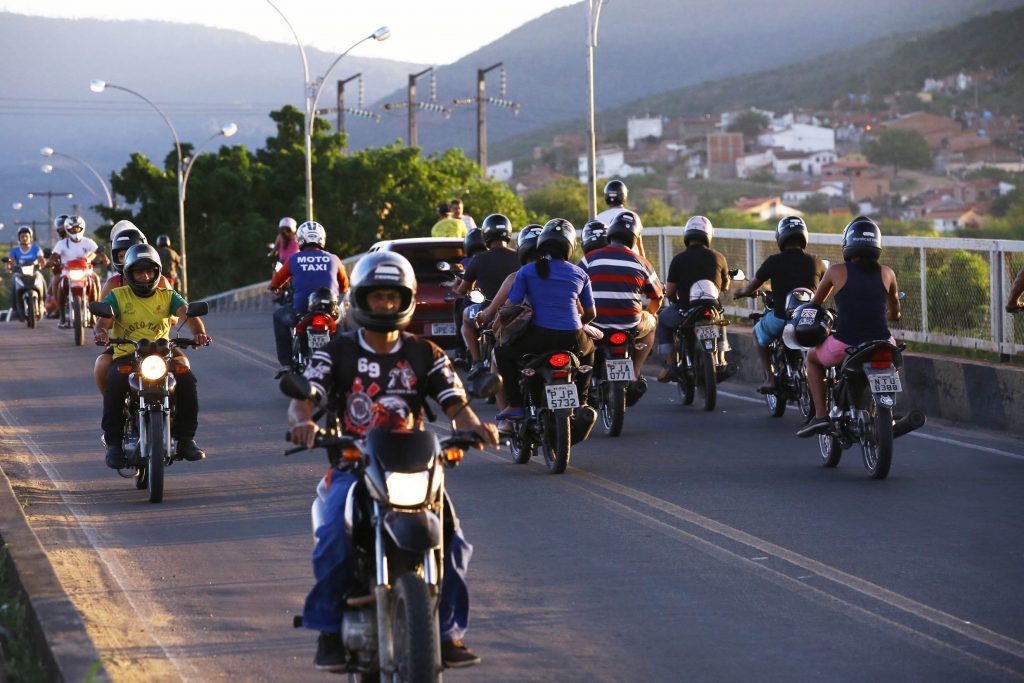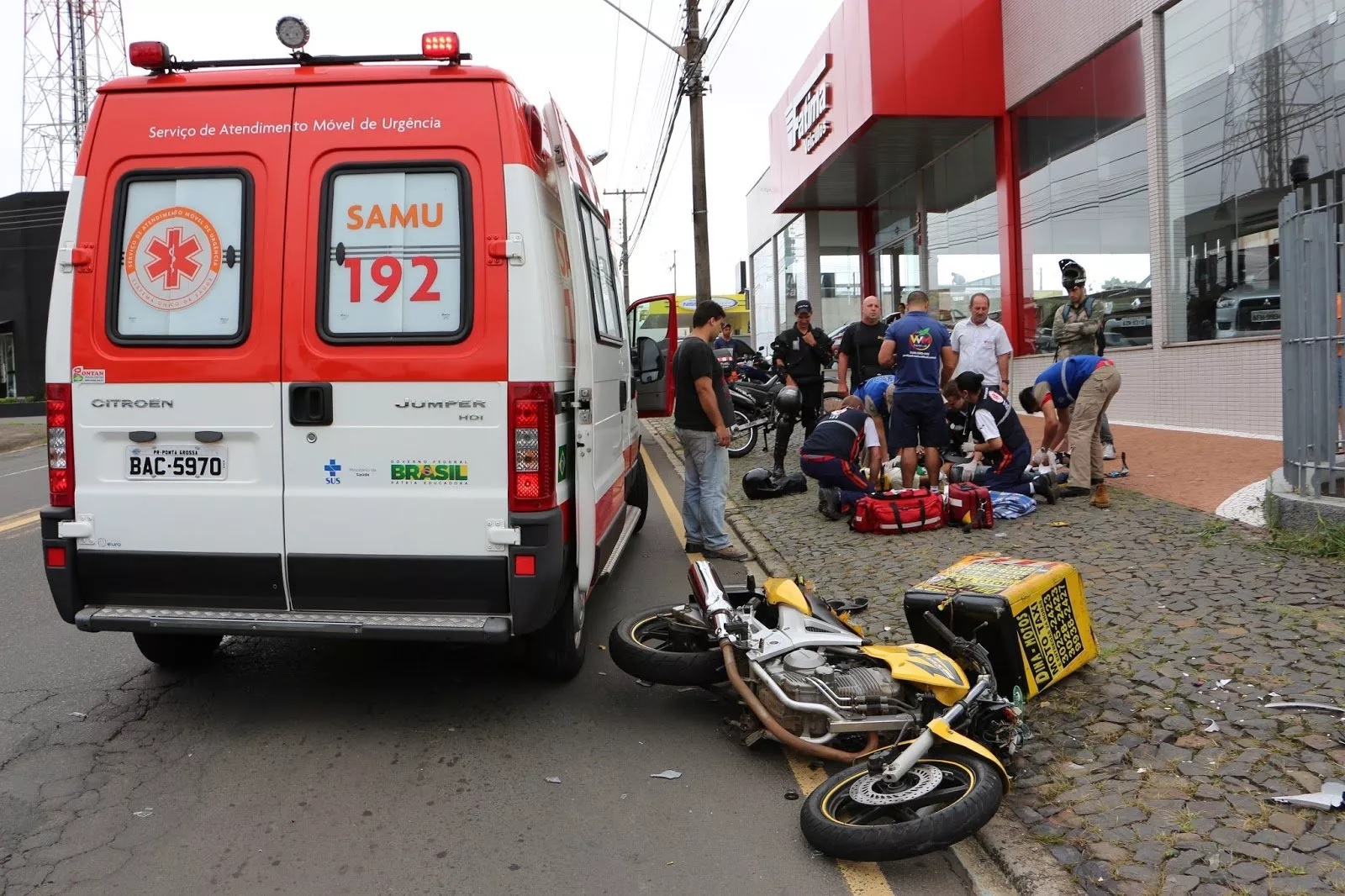RIO DE JANEIRO, BRAZIL – The percentage of motorcycle deaths in traffic accidents in Brazil rose from 8.3 percent in 2000 to 24.8 percent in 2008, the year of implementation of the Dry Law, and continued to rise more gradually to 33.4 percent in 2017, according to the Bulletin by the Health System Performance Evaluation Project (PROADESS), prepared by the Health Information Laboratory (ICICT) of the Oswaldo Cruz Institute Foundation (FIOCRUZ).

According to the survey, the North and Northeast regions showed the highest death rates in accidents in 2017, 44.5 and 43.4 percent, respectively. In 2000, these rates were only 13.6 and 12.1 percent in each region.
Doctor Josué Laguardia, ICICT researcher and in charge of the study, said yesterday, October 30th, that several factors influence a higher risk of death in motorcycle accidents. These vehicles provide less protection for drivers and passengers than a motor vehicle, such as a car, truck, or bus, “which offers greater protection than a motorcycle, in which the driver is more exposed“.
According to Laguardia, this worsens if drivers are not wearing helmets, gloves, boots, and adequate jackets. “All this can aggravate the risk of an accident becoming fatal,” he said.
Laguardia added that a road that lacks signage poses a risk to both drivers and pedestrians. The issue of speed and infrastructure quality also has an impact in terms of increased risk of accidents and severe injury or death.
“It is a set of interrelated factors that may increase the risk of an accident. And in the case of a motorcyclist, this accident may be more severe because he or she is less protected, just as is the case with pedestrians as well”.
Unified Health System expenses
The increase in the death rate in motorcycle accidents also has repercussions in terms of increased spending by the Unified Health System (SUS).

Josué Laguardia said that in addition to having professionals to provide assistance at the scene of the accident and to provide adequate care to victims in the hospital, as well as during the period of hospitalization, the injured often require a team of professionals to carry out their rehabilitation.
“The greater degree of severity of injuries will require hospitalization time, orthopedic surgeries with the placement of orthoses or prostheses, the issue of rehabilitation. All of this will often require public resources for these injured individuals”.
The PROADESS Bulletin shows that of the R$260 million (US$65 million) spent by the SUS in 2017 with hospitalizations for traffic accidents, approximately 63 percent were used for motorcyclists. The highest percentage is in the Northeast (75.8 percent) and the lowest in the South (50.4 percent). Motorcyclists accounted for 40 percent of hospitalizations from accidents in 2008 and more than 50 percent in 2017. Laguardia said that these expenses exclude pre-admission and post-admission care.
Increase in fleet
In the period between 2000 and 2008, there was an increase of 211 percent in the motorcycle fleet and 26 percent in motorcyclist’s deaths in Brazil. In the following period, from 2008 to 2017, these rates dropped to 96.6 and 36.6 percent, respectively. Despite this, the growth in the number of motorcycles in the North (163.5 percent) and Northeast (167.4 percent) regions remains high between 2008 and 2017, as well as the number of deaths, which remain the highest in the country (122.8 percent and 91.5 percent). On the other hand, the Southeast presented a negative rate of deaths (-3.2 percent) during the same period.
The proportion of motorcycle deaths varies with city population: deaths in cities with up to 20,000 inhabitants and in municipalities with 20,000 to 100,000 inhabitants, increased from 9.9 and 10.4 percent, respectively, in 2000, to approximately 38 percent in 2017.
The PROADESS Bulletin emphasizes that the majority of deaths involving motorcycles concern the young population between 20 and 39 years of age, 45 percent of which are male and 35 percent are female.
Source: Agência Brasil

